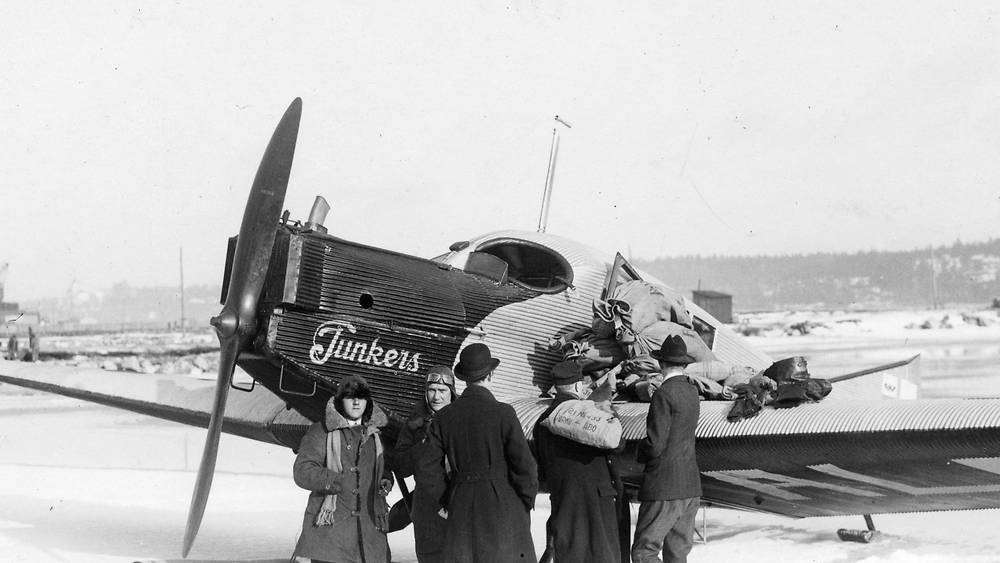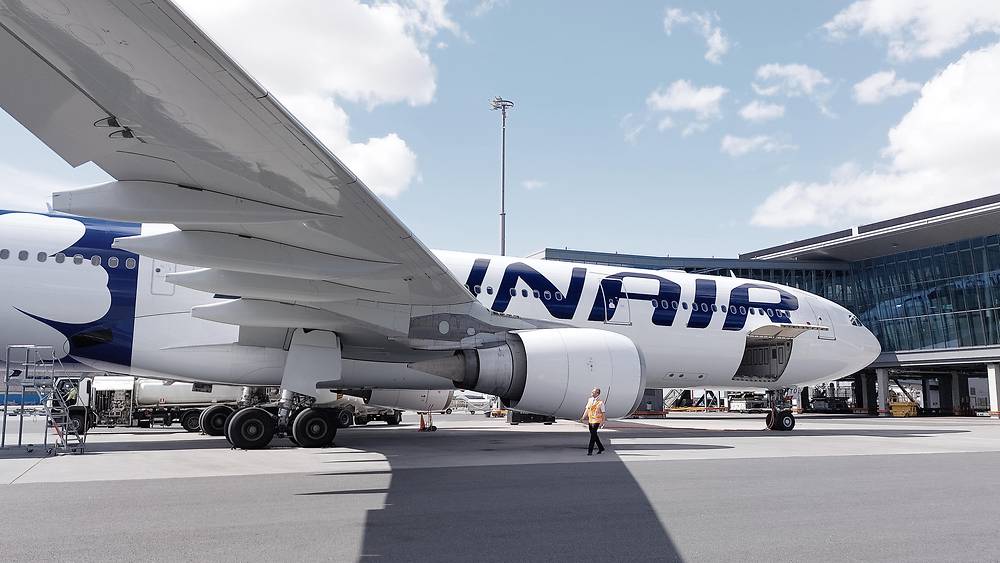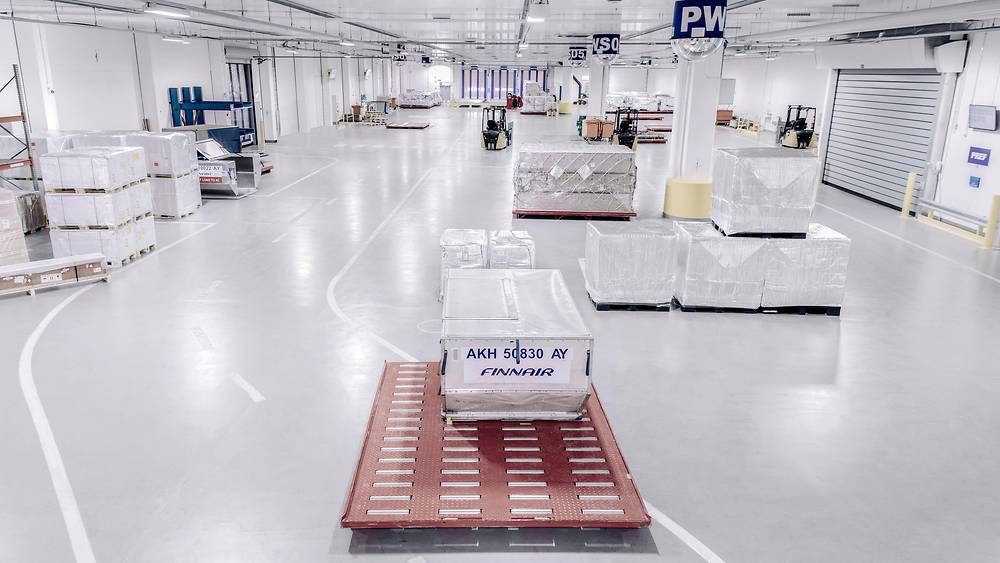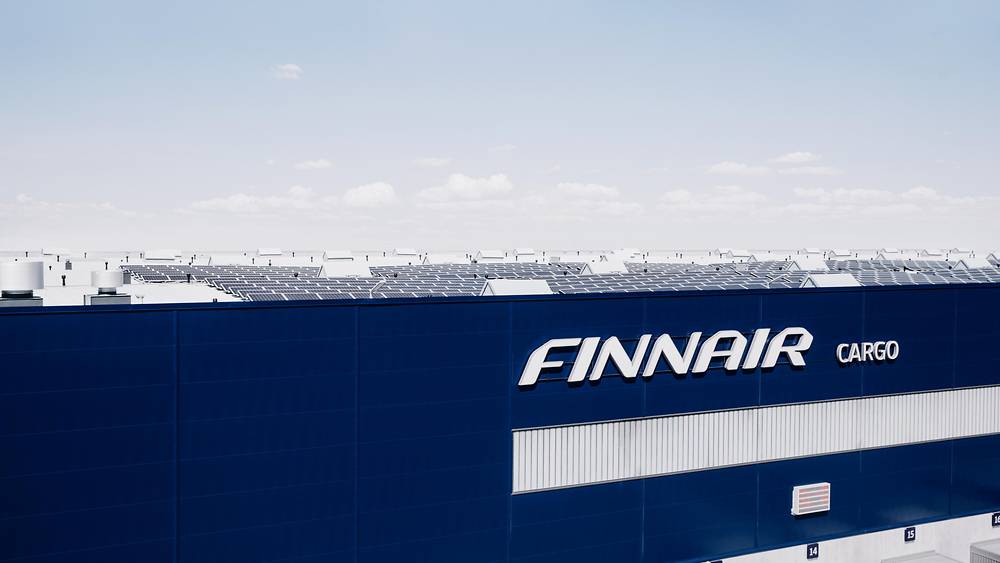Cargo news


A century of air cargo transport
Today, 20 March 2024 marks 100 years from Finnair’s first cargo flight from Helsinki, carrying mail across the Baltic Sea to Tallinn. The past decades have been a time of remarkable changes, making Finnair a frontrunner in cargo operations.
When Finnair (at the time known as Aero) first started operations in the 1920s the first shipments were mail. The maiden commercial flight of Aero's first aircraft, a German-registered Junkers F 13 D-335, on 20 March 1924 carried 162 kilos of mail from Helsinki to Tallinn, Estonia. At the time Aero's home base was at Katajanokka, Helsinki, from where Junkers flew in winter on skis and in summer on floats. During the first summer, a seaplane ramp and small terminal building were constructed at Katajanokka.
Today Finnair carries thousands of kilos of mail per day to and from all continents covered by its route network. The number of letters has of course decreased, but online shopping has increased the number of parcels manyfold. The number of flights to Tallin has also increased and the route is now served with 6 to 9 daily flight rotations.
Take a look at the development of our fleet and cargo operations through pictures over the past 100 years: A century of air cargo transport
New fleet for new feats


Finnair fleet has grown to serve today’s wide-reaching network connecting three continents; Europe with Asia and North America. Throughout its history, Finnair has always carried cargo in the bellies of its passenger aircraft but at times Finnair Cargo has also operated freighter aircraft.
Latest period of freighter operations was from 2010 to 2017, with a multi-hub network model featuring Brussels as the 2nd freighter hub for Finnair Cargo from April 2013. This change brought with it many changes, including tighter relations with handling agents and major modifications to ICT operations.
Currently, Finnair Cargo does not have any freighter operations as most cargo carried by Finnair travels the long-haul flights onboard Finnair’s 25 wide-body aircraft, most of which are modern Airbus A350s offering 20–25% improved fuel efficiency compared to A330s.
With new engine technology as well as major improvements decreasing the weight of airframes, cargo shipments are transported more energy efficiently.
Changing face of goods carried


The contents of air cargo have changed completely in the 100 years of operating. In the first years, cargo was limited to personal baggage and mail. Postal cargo was largely paper mail; letters and printed materials well into the 1990’s. Now mail is only a tiny percentage of goods carried.
Today the goods sent are incredibly wide-ranging; from salmon being shipped to Japanese sushi restaurants to fine art, all the way to bees to be imported into winter gardens. The biggest change has been the boom of e-commerce, making parcel deliveries a major part of cargo operations. This means that the goods delivered now can be anything that can be purchased online.
Favourable routes and modern handling facilities have also made it possible to handle some very delicate or special cargo. One example of this is shipping pharmaceuticals, where controlling the temperature is critical.
Always ahead


For Finnair Cargo it is crucial to make the most of the most current technologies and ways of working.
One of the clearest examples of this has been the building of the Finnair Cargo COOL terminal, known best for its modern cool storage features for products requiring controlled temperatures. It also has a modern operational model that is supported by warehouse automation and combined with a cargo management system and modern work steering processes.
Operational efficiency is supported through advanced planning procedures that improve the optimal use of a cargo capacity. This means that resources can be focused correctly, which contributes to both customer experience and sustainability.
Customer experience is also improved through online booking available in 27 countries. The benefits of this are great. The pricing and capacity can be seen by customers in real time, bookings can be made 24/7 and online bookings also improve the quality of data.
Supporting sustainability


Sustainability has been on Finnair’s agenda for a long time. However, in recent years ESG topics have been gaining more and more focus in air cargo and logistics in general. At cargo operations the focus is especially on the environment.
Environmental work is divided into three areas; own activities, sustainability offering to customers and partner collaborations. Flight emissions are the most important matter to address and while new technologies are still required to reach carbon neutrality, all actions are valuable.
At Finnair Operations the goal is to reduce aircraft weight and Finnair Cargo participates in this by exploring lighter materials to use in building cargo pallets. Also, the cargo terminal design takes into account green values. On the facility side one of the recent efforts was the upgrade of the solar park on the roof of Finnair’s cargo hub at Helsinki Airport.
We at Finnair Cargo believe that the next 100 years will be a time of even greater advances and we are ready to embrace both the opportunities and challenges that the future will bring.
Get to know the history of Finnair: